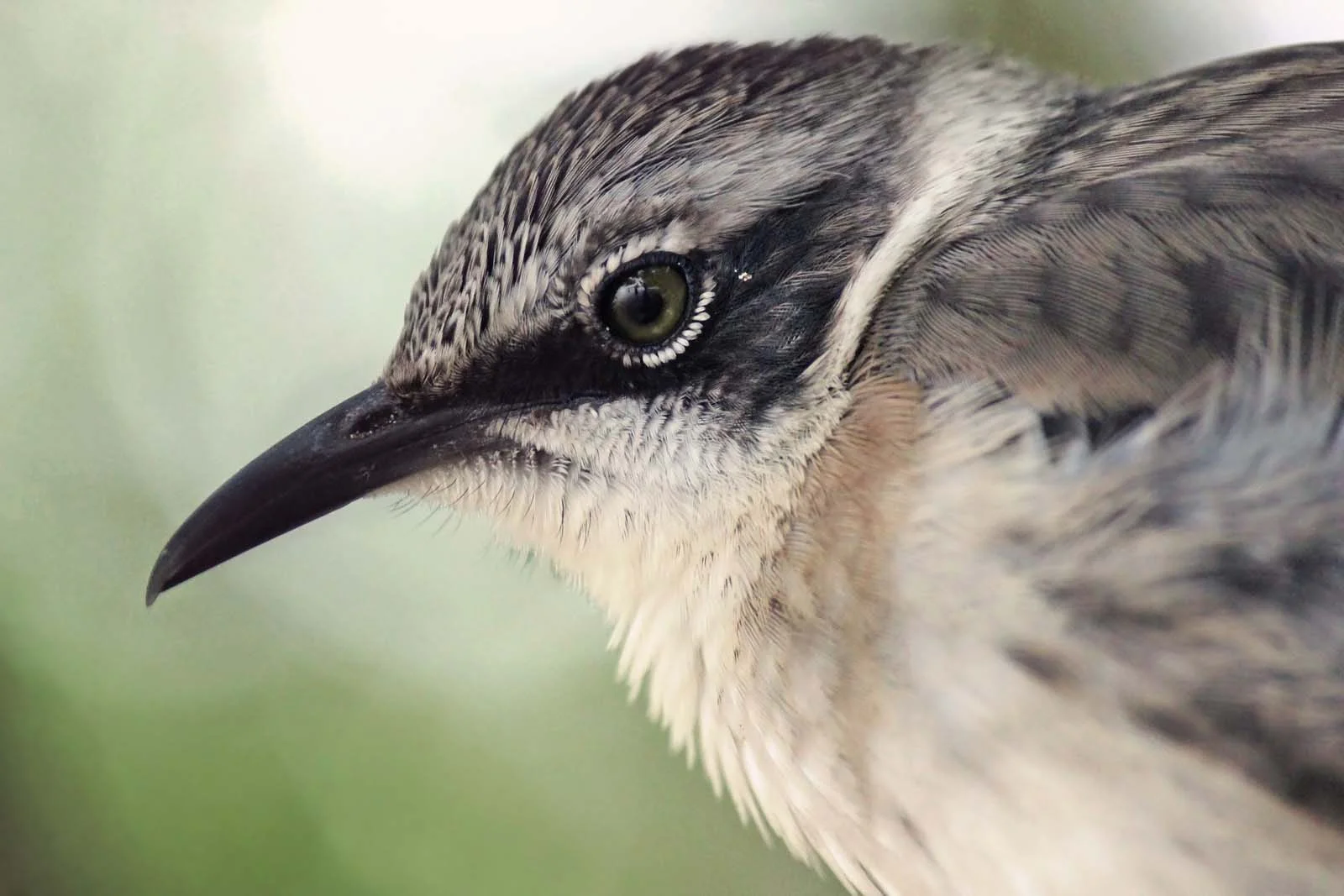
Finch beaks and bird songs: A new story of evolution | Travel News
Hindsight is often described as 20/20, and although the concept of ecological speciation—suggesting that new species arise from ecological shifts—makes sense in retrospect, proving it through experiments has proven difficult.
A recent study published in Science by biologists from the University of Massachusetts Amherst has succeeded in addressing this challenge.
The research revealed a significant connection between ecology and speciation in Darwin’s finches, the renowned birds of the Galápagos Islands in Ecuador.
Beak Adaptations in Changing Environments
Previous studies demonstrated that the beaks of finches adapt to environmental changes, influencing their songs. However, until now, no one had experimentally confirmed that these adaptations could lead to the formation of new species.
The new findings illustrate how alterations in finch beaks—caused by environmental factors—also modify their songs, which impacts the birds' ability to recognize their species. This recognition is a crucial element in the speciation process.
Jeffrey Podos, a professor of biology at UMass Amherst and the study's senior author, remarked, “I began working with these birds 25 years ago.” He noted that in his first publication on finches in 2001, he indicated that changes in beak shape influenced their songs and speculated that such song changes, related to beak evolution, could potentially initiate ecological speciation.
The Emergence of New Species
Despite his initial insights, Podos lacked direct experimental evidence for his hypothesis that changes in beak shape driven by the environment were steering the finches toward new species formation. The challenge lies in the historical nature of speciation, making it difficult to observe in real-time. “Observing it as it happens,” Podos stated, “would be akin to catching lightning in a bottle.”
To tackle this issue, Podos created an innovative experiment based on simulations, utilizing insights from decades of research on Darwin’s finches.
Investigating Finch Beak Changes
Researchers already understood that finch beaks either adapt to become robust enough to crack tough seeds or remain more delicate to enable complex song patterns. Podos explained, “Singing an intricate song, like that of the swamp sparrow, requires serious motor skills, and a large, powerful beak is too unwieldy for those movements.”
Using extensive data from the biological community regarding how finch beaks evolve in response to environmental stresses, Podos realized he could model prospective beak changes. He selected drought as the ecological factor for his study since drought conditions typically favor finches with thicker beaks.
Simulating Future Finch Songs
Podos was also able to predict how these thicker-beaked finches would sing after experiencing multiple droughts, allowing him to simulate their future calls. “We effectively engineered the calls of future finches,” Podos said.
Generally, thicker beaks yield slower songs with a narrower frequency range. Each drought event is expected to result in thicker beaks, further slowing their songs and reducing their frequency range. With this understanding, Podos and his team simulated the calls of finches based on anticipated beak changes.
Responses to Environmental Changes
Next, the researchers played these altered calls to a specific group of Darwin’s medium ground finches to observe their reactions.
Katie M. Schroeder, a co-author of the study and a former doctoral student of Podos, noted, “We found no changes in the finches’ responses to our modified calls even when the simulated songs altered by the equivalent of three drought events.” However, “by six drought events, the songs had changed so significantly that the finches hardly responded at all.”
Link Between Beak Shape and Song
This finding suggests that due to the relationship between beak shape and song, Darwin’s medium ground finches could evolve into a new species after enduring six major droughts on the Galápagos Islands.
Podos clarified, “Our research doesn’t revolutionize concepts but empirically confirms ecological speciation and its feasibility.”
This study offers vital evidence that ecological factors like droughts, which modify beak shape, can indeed promote the emergence of new species by altering bird communication and recognition. The results provide a compelling experimental demonstration of ecological speciation, shedding light on the mechanisms driving biodiversity, particularly in iconic species such as Darwin’s finches.

